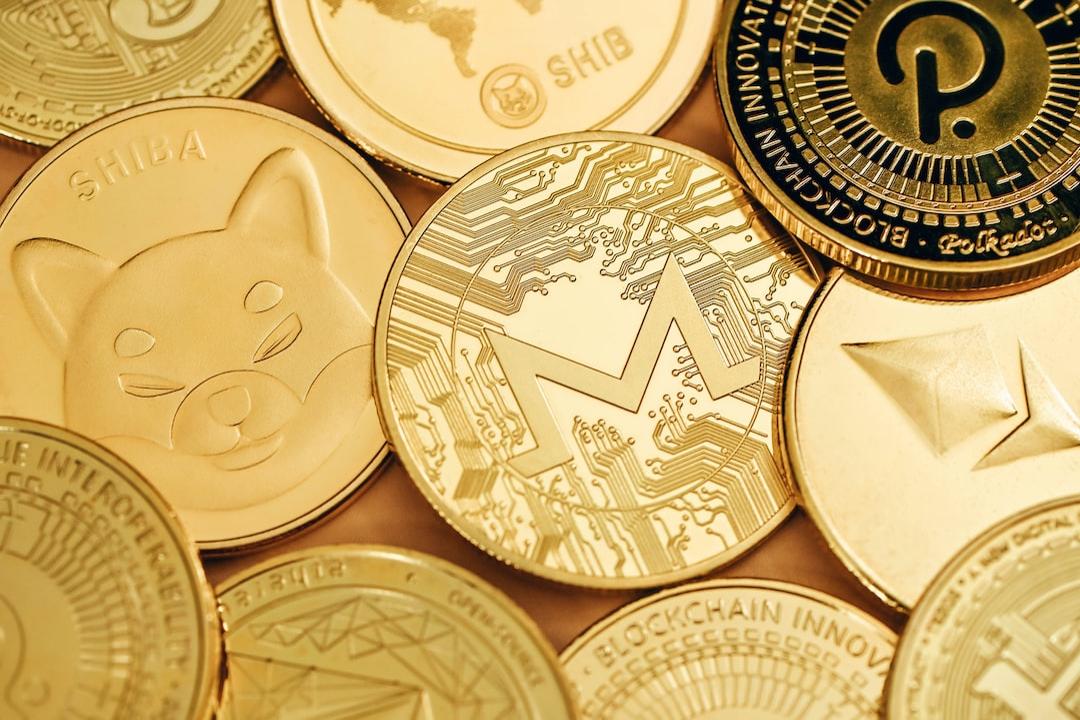After two years of waiting, the Bitcoin expansion plan RGB protocol has finally gone live, but slow distribution and project fees have triggered community FUD. This article will analyze the disappointing reasons and whether it is still worth participating.
(Previous summary: Trump will allow 401(k) retirement funds to invest in Bitcoin! Vice President Vance: Soon, 100 million Americans will own BTC)
(Background supplement: Cathay United Bank can store Bitcoin! The first wave trial has been approved, targeting high-net-worth clients)
At 1 AM on August 7, after two years of anticipation, the Bitcoin expansion plan RGB protocol finally launched its mainnet. To incentivize users to experience the RGB protocol on the mainnet, Bitlight Labs, the infrastructure developer of the RGB protocol, simultaneously launched the test currency RGB on the mainnet. Users can claim RGB through the “faucet” on the Bitlight Labs official website.
Although RGB is merely a test currency, it is essentially the first RGB asset on the Bitcoin mainnet and occupies a token name of symbolic significance. Therefore, 24 hours before the RGB protocol went live on the mainnet, tutorials on how to participate in the token launch and FOMO sentiments spread widely, and Degen enthusiasts were preparing for battle in the dark.
However, when the RGB protocol actually went live, FOMO quickly turned into FUD. Currently, the progress of the RGB token launch is less than 20%. What caused this shift? Is it still worth participating in the RGB protocol? Odaily Planet Daily will briefly analyze in this article.
Reviewing the RGB Protocol
The RGB protocol was one of the most popular smart contract expansion plans during the explosive growth of the Bitcoin ecosystem in 2023, but it is also one of the slowest developing expansion plans. Conceived in 2016, officially developed in 2019, and after several changes in development teams, it was brought back into focus in 2023 due to strong market demand for Bitcoin expansion. However, development progress remained slow. In 2024, it was successfully overtaken by the RGB++ protocol, which also fell into decline. It wasn’t until 2024, with the assistance of the Bitlight Labs team, that real acceleration in RGB development began, and after a long five-year journey, it has finally launched its mainnet.
As time wore on, for most users, the long development time, excellent team background, obscure complexity, and the several-thousand-word deep research reports might be the only remaining impressions of the RGB protocol. These impressions condensed into the phrase “impressive,” which is why there was such widespread discussion and preparation before the mainnet launch. Therefore, I find it necessary to briefly introduce the key points of the RGB protocol in this article.
One-Time Sealing
For the Bitcoin network, the RGB protocol is an off-chain expansion plan that stores smart contracts and transaction data off-chain, thus possessing Turing completeness while using the Bitcoin mainnet as a “security endorsement.” One important technology in the RGB protocol is one-time sealing, which ensures that the same information can only be used once. The UTXO model of the Bitcoin network naturally fits this technology, as each UTXO can also only be used once. By encrypting and encapsulating RGB asset information and contract states within UTXOs, these UTXOs are referred to as containers. When a UTXO is spent, the ownership of the asset and the contract state change, effectively preventing double-spending and ensuring that the RGB ledger remains secure enough.
Client-Side Validation
Another crucial technology in the RGB protocol is client-side validation. The transfer of RGB assets does not rely on broadcasting through the Bitcoin mainnet but is conducted by independent off-chain clients. Therefore, whenever a transaction occurs, the client only needs to verify whether the state related to this transaction is correct, without needing to synchronize and verify all transactions in the network. This enhances the privacy protection of RGB to a certain extent.
The above are the two important technologies that RGB protocol utilizes for asset transfer and security assurance. As for how smart contracts are written off-chain and the advantages and disadvantages of the methods used compared to EVM, these are not the primary concerns for users.
How to Participate in the Launch of the First RGB Token on the Mainnet
The RGB protocol may have complex principles, but the process for participating in this mainnet launch event is quite simple. Essentially, it is an airdrop distribution model. Users transfer BTC to the project party, and then the project party distributes RGB tokens to users in order. Because of the single lock mode, the same wallet cannot claim again until the distribution is complete, effectively avoiding network congestion.
As of now, with a total supply of 21 million RGB tokens, and since each claim is limited to 50 tokens with slow distribution, the claiming progress is less than 20%. The community estimates that, according to the Bitcoin network’s block generation speed, it will take at least 17 hours to complete the claiming. Therefore, everyone still has a chance, and here are the specific instructions for participation.
Create a Bitlight Wallet and Deposit BTC
First, download the Bitlight plugin wallet, then create a new wallet, and transfer 0.0003-0.0005 BTC from another address to this wallet; you don’t need too much. It’s best not to import an old wallet to avoid asset loss due to protocol incompatibility.
Create a Container
Next, we need to create an RGB UTXO, which is the container for storing RGB assets. First, click on “UTXOs” in the wallet, as shown in the image below.
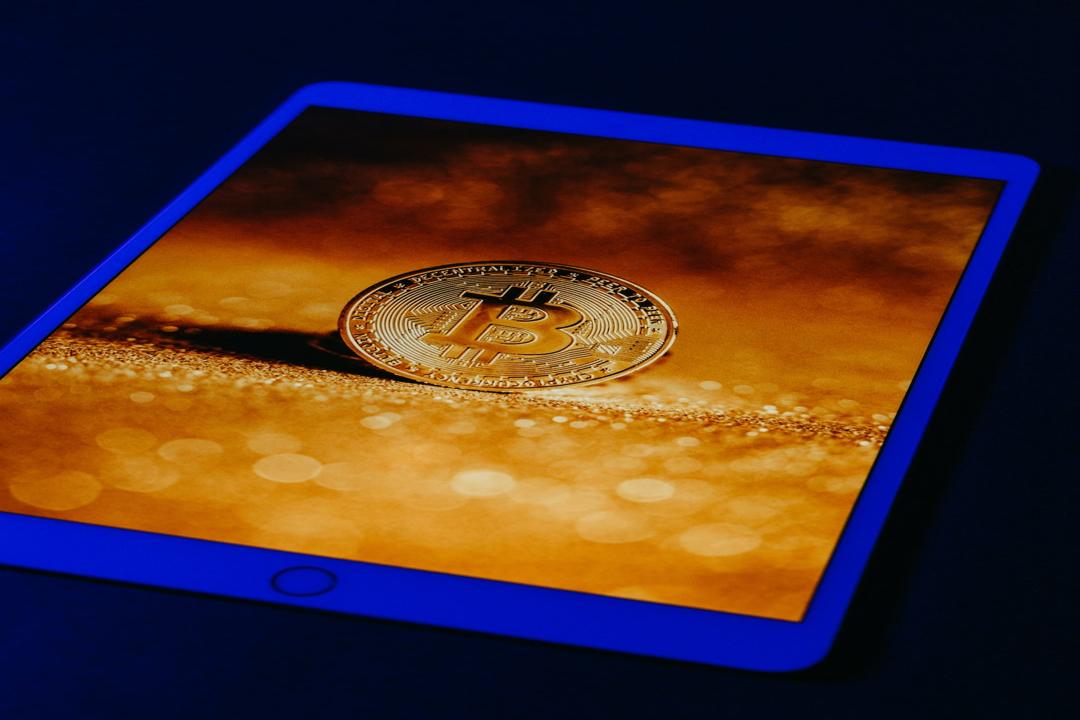
Then click “Create UTXO” in the upper right corner.
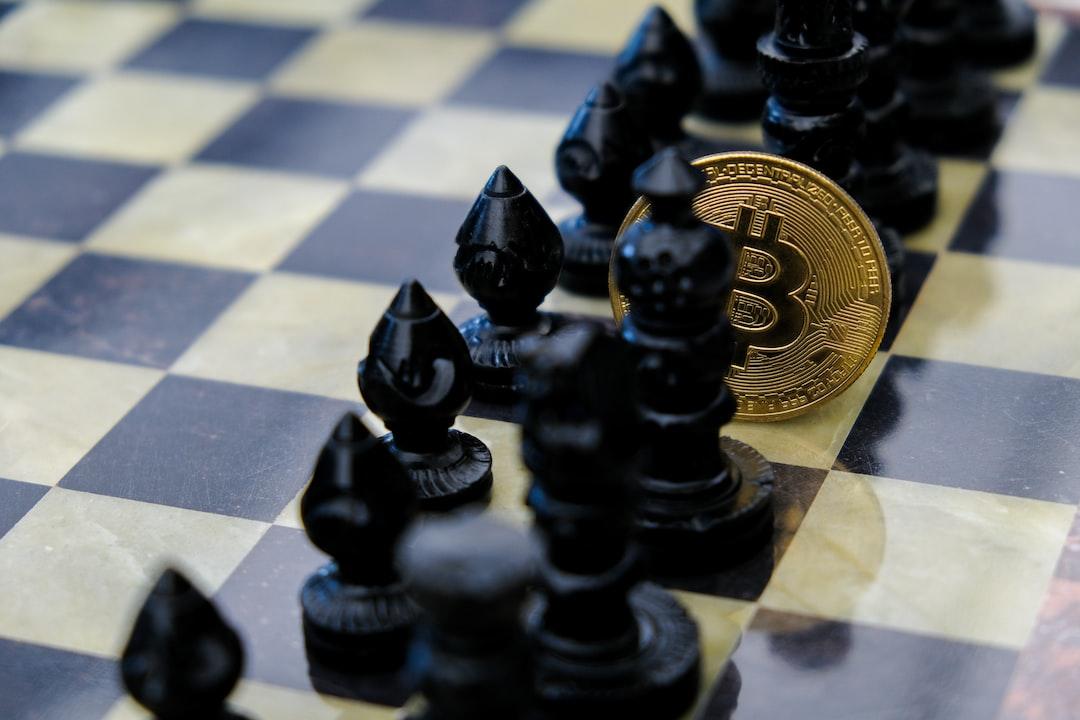
Click “Custom” to customize the amount of Bitcoin contained in the UTXO. Since this UTXO serves as a container for RGB assets, it doesn’t require too much Bitcoin; 0.0001 BTC is sufficient. Then select an appropriate fee rate and click next to sign, completing the process.
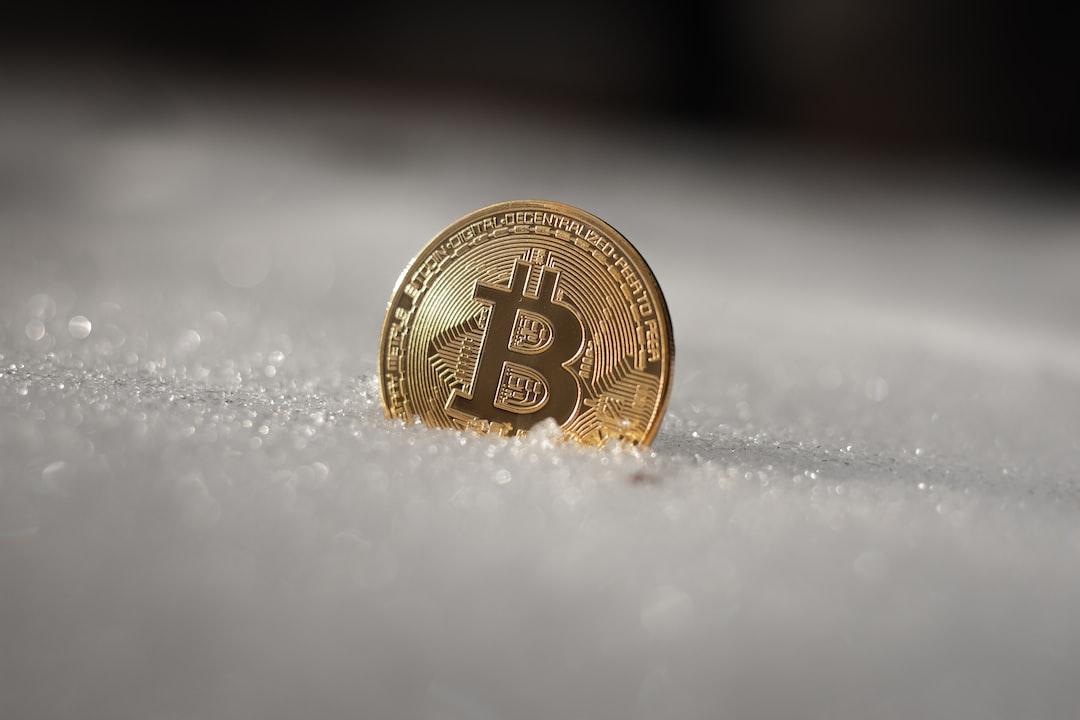
It is advised not to create multiple containers in succession, as creating containers incurs Bitcoin network gas fees, and unlocking containers (turning them into normal usable UTXOs) also requires gas fees. Moreover, since this launch uses a single lock mode and the distribution speed is extremely slow, there is little benefit to creating multiple UTXOs in advance for a single account; it only increases costs.
Claim RGB Tokens
Once the transaction for creating the container is confirmed on-chain, go to the Bitlight official website, connect your wallet, and click Claim. As shown in the image below, once a wallet has claimed, the user cannot continue to operate and must wait for the “Claiming” process to finish before proceeding with the next claim.

From FOMO to FUD
The experience of the RGB mainnet launch event has been relatively smooth, yet it has faced strong FUD from the community. The reasons are as follows:
Limited Number of RGB Tokens per Claim
The total supply of RGB tokens is 21 million, and the project party strictly limits each Claim to just 50 tokens, meaning 420,000 transactions are needed to distribute all RGB tokens. Even calculating at 4000 transactions per block, it would take 105 blocks to complete, approximately 17.5 hours. Therefore, the community has criticized the project party for stretching the timeline too long, which could deplete market sentiment and excitement.
Project Fees
Another reason for the FUD surrounding RGB is the fees charged by Bitlight Labs. On-chain information shows that each Claim transaction requires users to transfer 0.00003636 BTC (about $4) to a fixed address. Thus, for 420,000 claims, the project party could potentially collect about $1.68 million.
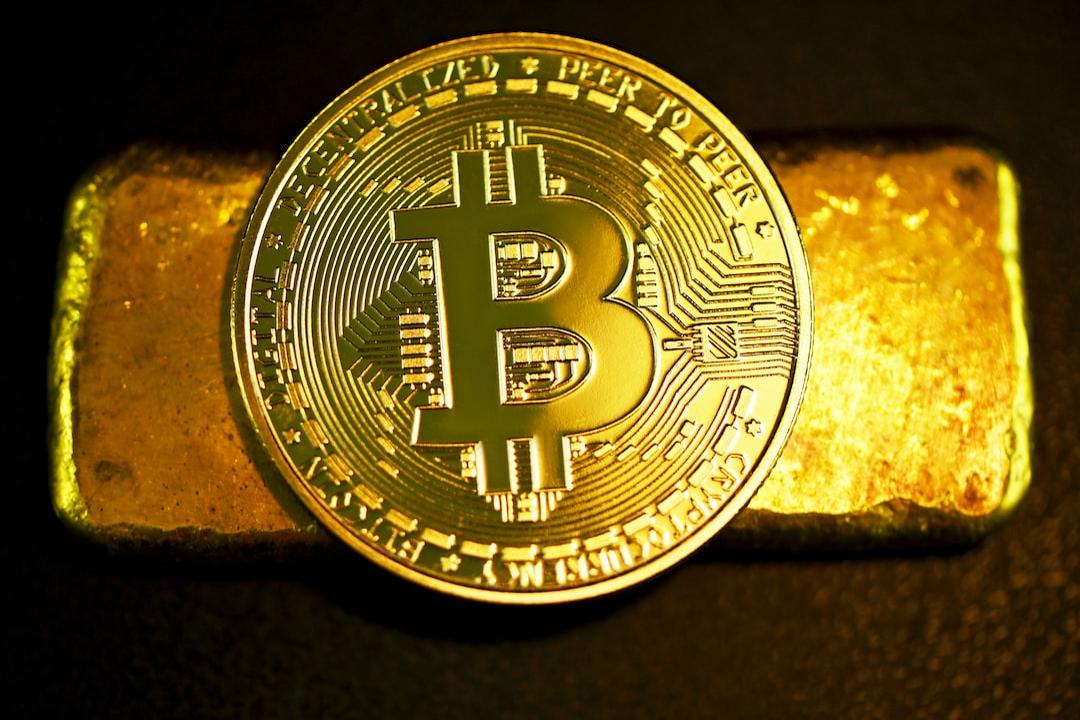
Although the project party later explained that these fees would cover future transaction costs for distributing RGB assets and serve as market-making and repurchase fees, the distinction between planning and reality remains. Many players still find it hard to trust the project party.
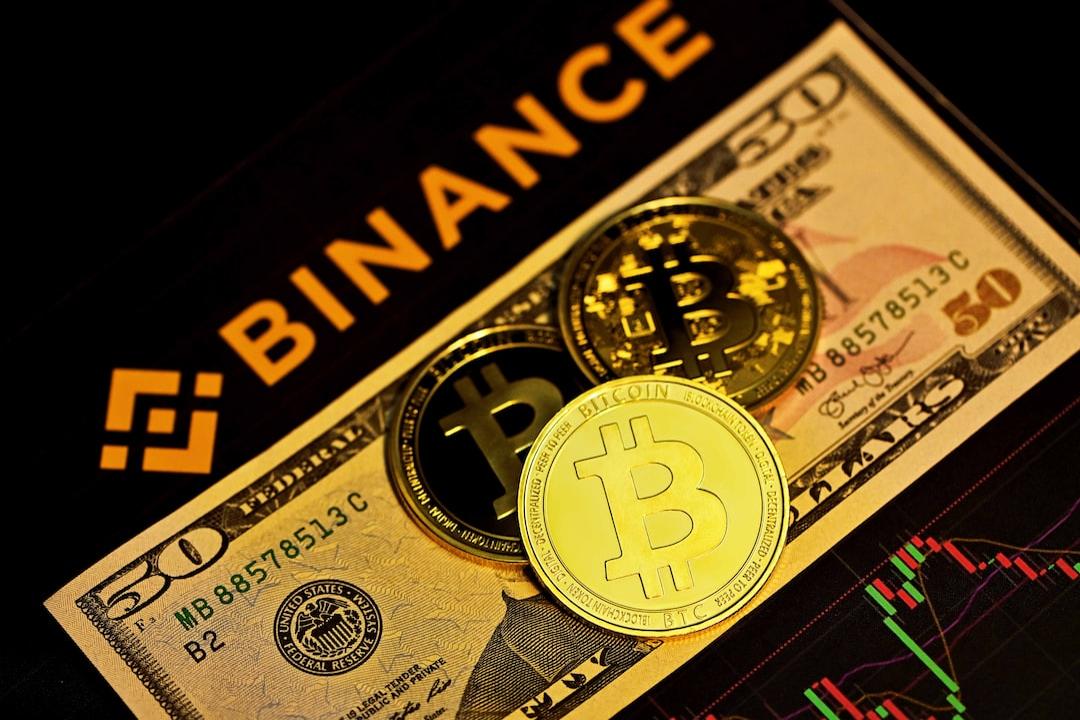
Moreover, with the $1.68 million fee, in addition to users’ costs for creating containers and transaction gas fees, the estimated market value of the first RGB token has already been raised to around $2 million. Given the current capital stock and enthusiasm in the Bitcoin ecosystem, $2 million is not a low valuation. This may be the real reason behind the FUD among most players.
Conclusion
The attention generated by the RGB protocol is surprising to me. Besides the familiar faces always at the forefront of “Bitcoin’s new protocols losing money,” many users who usually don’t pay much attention to the Bitcoin ecosystem have also joined in.
Recently, the Bitcoin ecosystem has become lively again, with a new wave of entrepreneurial endeavors in new protocols. Spark, BRC 2.0, Rune 2.0, Labitu, and now RGB—perhaps you are not familiar with some of these, but there is no need to worry; what you might have missed are just opportunities to lose money.
New protocols are emerging one after another, each bearing an old yet grand narrative. However, the reality is that most projects remain stuck in early concepts or airdrop parties, with very few realizing true implementation. The vitality of innovation is undoubtedly important, but today’s pace resembles a high-speed industrial assembly line.
However, the player community remains unchanged, repeatedly flooding into various “new protocol celebrations,” where wealth is harvested and circulated among this group, resembling a subculture formed by a group of individuals who are not mainstream but share a common belief and a passion interwoven with technology and gambling.
In a world where Bitcoin is already a household name, to think that there exists such a group of people who entertain themselves within it, how can it not be called magical?


